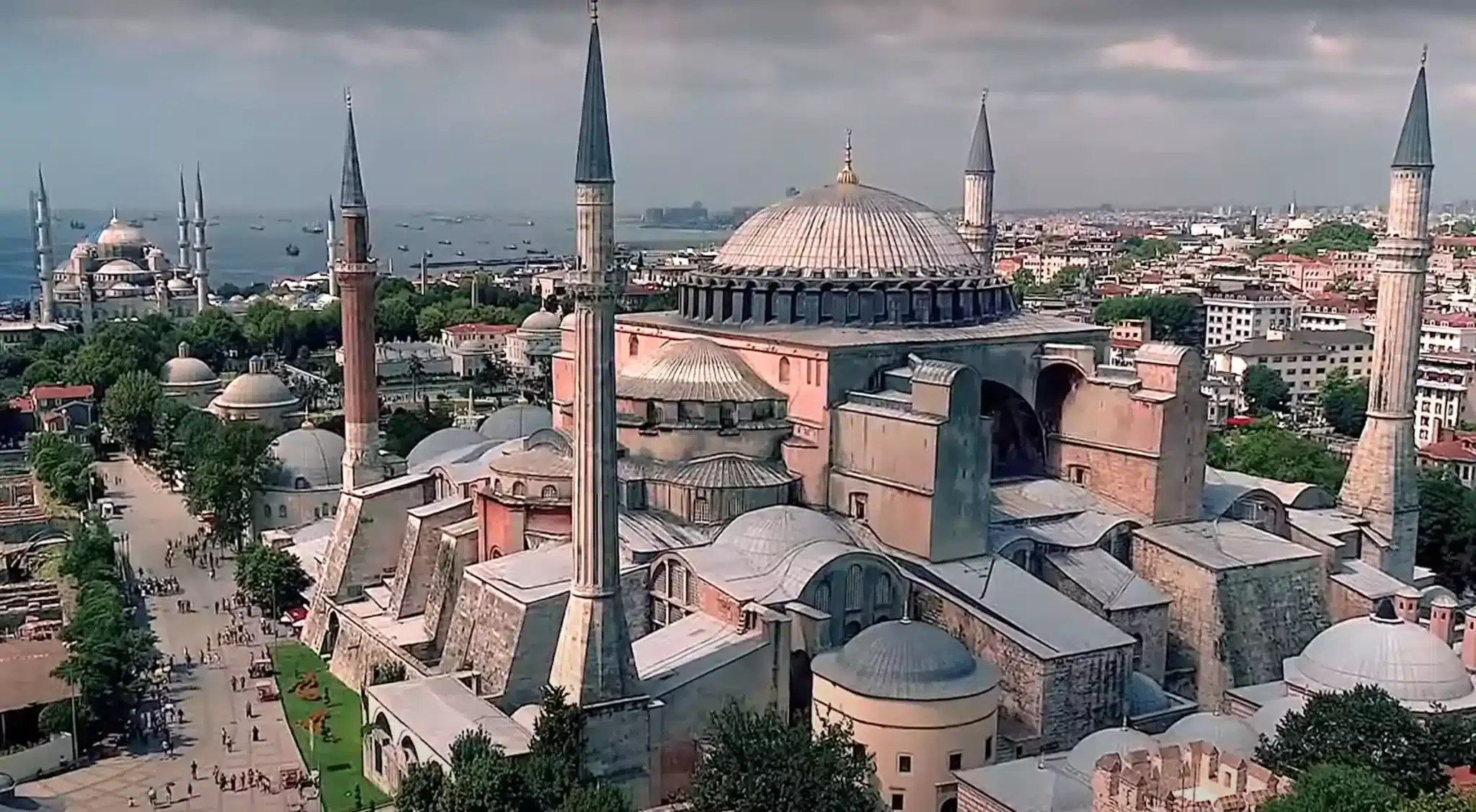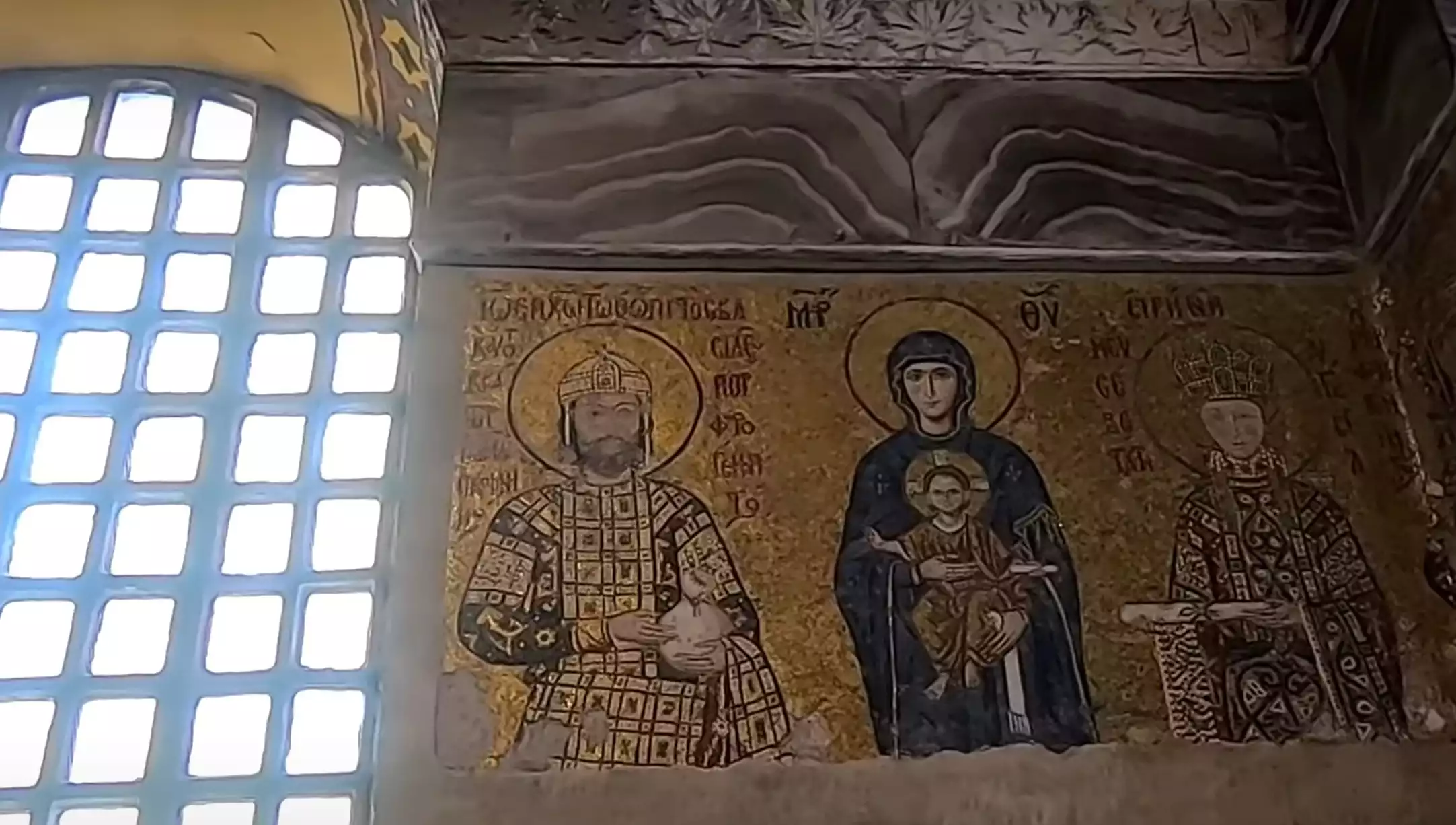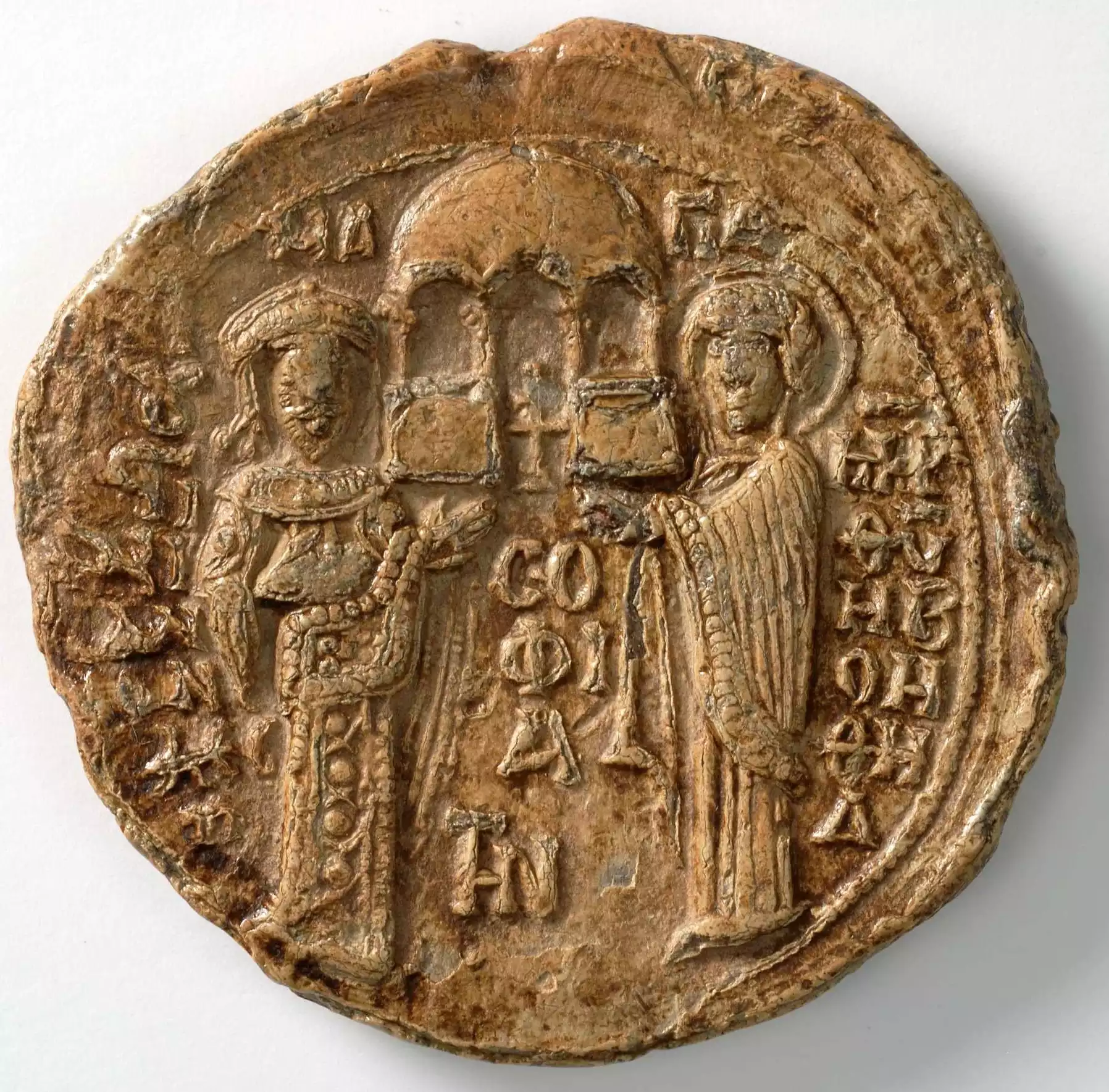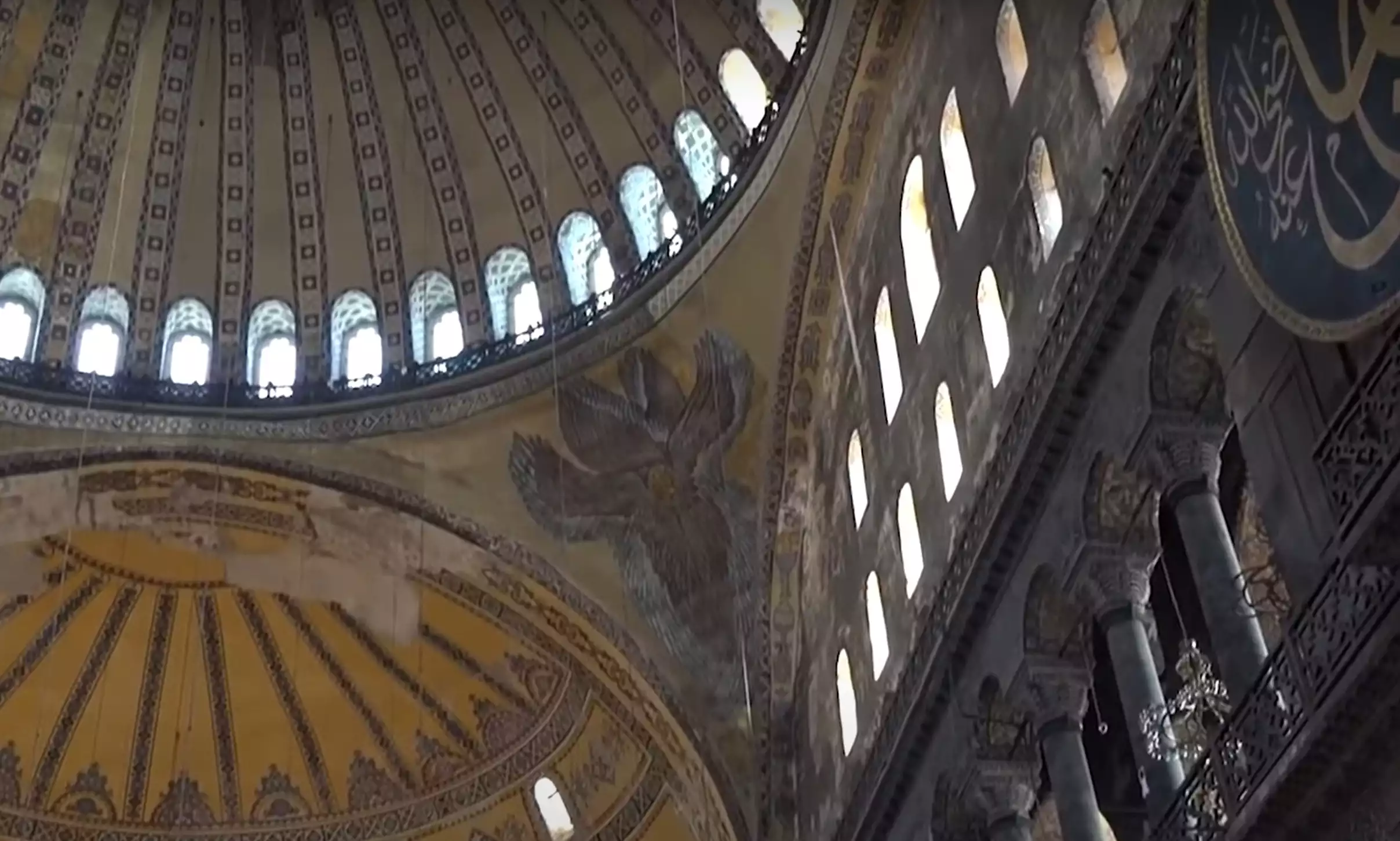
Hagia Sophia, an architectural marvel, has stood as a testament to human ingenuity and religious significance since its inception in 537 AD, under the aegis of the Byzantine Emperor Justinian I. Its life, spanning over a millennium, has seen it serve as a cathedral, a mosque, and a museum, reflecting the dynamic tapestry of human history. In 2020, this iconic structure experienced another transformation, reverting to a mosque, a move that sparked international discourse. The edifice, not only an embodiment of architectural grandeur but also a symbol of changing political and religious landscapes, continues to be a focal point of cultural and historical significance.

Historical Background and Architectural Brilliance
Hagia Sophia, originally commissioned by Emperor Justinian I, was constructed between 532 and 537 AD. This magnificent structure replaced two earlier churches that had occupied the site but were destroyed by riots and fires. The architects, Anthemius of Tralles and Isidore of Miletus, incorporated novel engineering techniques and artistic designs, creating a building that was unprecedented in scale and beauty. The central dome, an engineering marvel of its time, symbolizes the heavens, a feature that has captivated visitors and scholars alike for centuries.
The interior of Hagia Sophia is adorned with intricate mosaics, marble pillars, and Christian iconography, showcasing the rich artistic heritage of the Byzantine Empire. Over time, the structure has endured several earthquakes, leading to renovations and additions, including the fortification of the dome and the addition of external buttresses. This blend of original and supplementary architecture contributes to Hagia Sophia’s unique aesthetic, a fusion of Byzantine and Ottoman influences, reflecting the historical transitions it has witnessed.
Transformation into a Mosque
The conquest of Constantinople in 1453 by the Ottoman Sultan Mehmed II marked a pivotal moment in Hagia Sophia’s history. The edifice was converted into a mosque, a transformation that entailed significant architectural and decorative modifications. The Christian symbols and iconography were either removed or plastered over, and Islamic features, such as mihrabs, minbars, and minarets, were added, aligning the structure with Islamic architectural and religious traditions.
This period also saw the introduction of grand calligraphic panels and the rededication of the space for Islamic worship. The architectural integrity of the original structure was largely preserved during these modifications, showcasing a respect for its historical and cultural importance. This conversion not only altered the building’s function but also its symbolic representation, reflecting the shifting religious and political dynamics of the region.

As a Museum and Global Symbol
In 1935, under the leadership of Mustafa Kemal Atatürk, founder of the modern Turkish Republic, Hagia Sophia underwent another significant transformation, this time into a museum. This change was emblematic of Turkey’s secularization efforts, symbolizing a shift towards a more inclusive approach to its rich cultural heritage. As a museum, Hagia Sophia became a place where both its Islamic and Christian histories were celebrated, attracting millions of visitors from around the world. The restoration of Christian mosaics, previously hidden under Islamic plaster, revealed the building’s layered history, creating a unique blend of Byzantine and Ottoman artistry.
This period of Hagia Sophia’s history reflects the ongoing dialogue between past and present, serving as a testament to Turkey’s complex and multifaceted identity. The building’s status as a museum was not just a tribute to its historical significance but also a recognition of its role as a symbol of cultural and religious coexistence.
Hagia Sophia in the Contemporary Era
In July 2020, a Turkish court annulled the 1934 decision to turn Hagia Sophia into a museum, leading to its reversion to a mosque. This decision, while controversial, reflects the ever-evolving nature of Hagia Sophia’s identity and its importance in the cultural and religious landscape of Turkey and beyond. The building continues to be a site of immense architectural, historical, and spiritual significance, bridging the past with the present.
The ongoing debate surrounding Hagia Sophia’s status highlights the broader conversations about cultural heritage, secularism, and religious freedom. It remains a symbol of the complex interplay between history, religion, and politics, resonating with people across the globe as a place of unparalleled historical and cultural importance.

Hagia Sophia’s journey from a cathedral to a mosque, then a museum, and back to a mosque, mirrors the turbulent history of the regions it has overseen. Its walls, domes, and mosaics tell a story of empires, religions, and cultures, making it a timeless emblem of humanity’s diverse yet interconnected history.
References
- Barber, Richard. “The Byzantine Empire.” Cambridge University Press, 2018.
- Dumbarton Oaks. “Hagia Sophia Resources.” Accessed December 31, 2023. Dumbarton Oaks.
- Flickr. “Photographic Collection of Hagia Sophia.” Accessed December 31, 2023. Flickr.
- Mango, Cyril. “Hagia Sophia: A Vision for Empires.” Princeton University Press, 1997.
- Metropolitan Museum of Art. “Hagia Sophia in Context.” Accessed December 31, 2023. Metropolitan Museum of Art.
- Necipoğlu, Gülru. “Hagia Sophia’s Architectural History.” Harvard University. Accessed December 31, 2023. Harvard University.
- Stanford University. “Hagia Sophia’s Continuing Legacy.” Accessed December 31, 2023. Stanford University.
- Teteriatnikov, Natalia. “Mosaics of Hagia Sophia, Istanbul: The Fossati Restoration and the Work of the Byzantine Institute.” Dumbarton Oaks Research Library and Collection, 1998.
- JSTOR. “Hagia Sophia – A Historical Perspective.” Accessed December 31, 2023. JSTOR.
